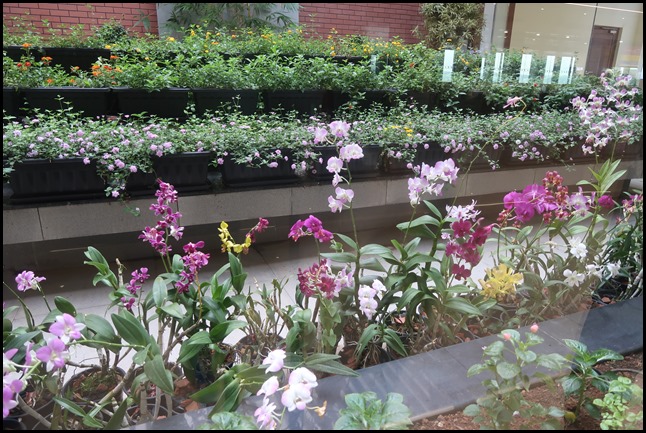To Delhi

Beez Neez now Chy Whella
Big Bear and Pepe Millard
Wed 10 Apr 2019 22:57
|
To Delhi
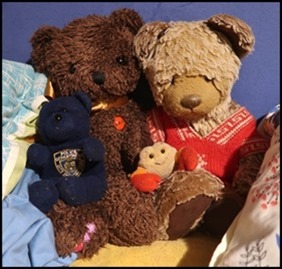 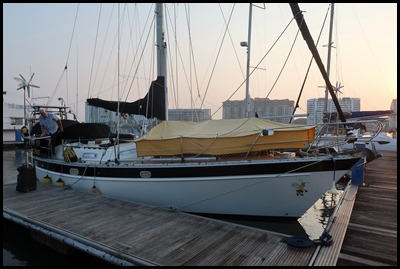 We left the
boys and the girl this morning at
seven.
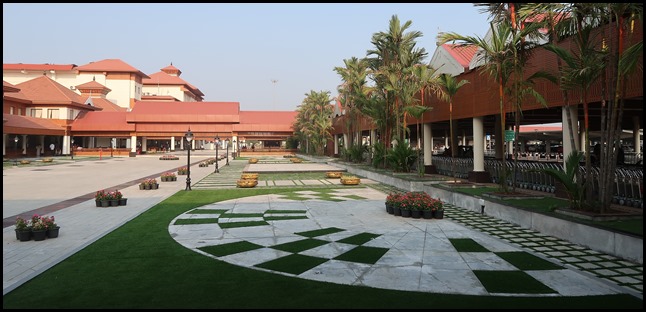 An hour later we arrived at Kochi Airport (Uber taxi £4.50).
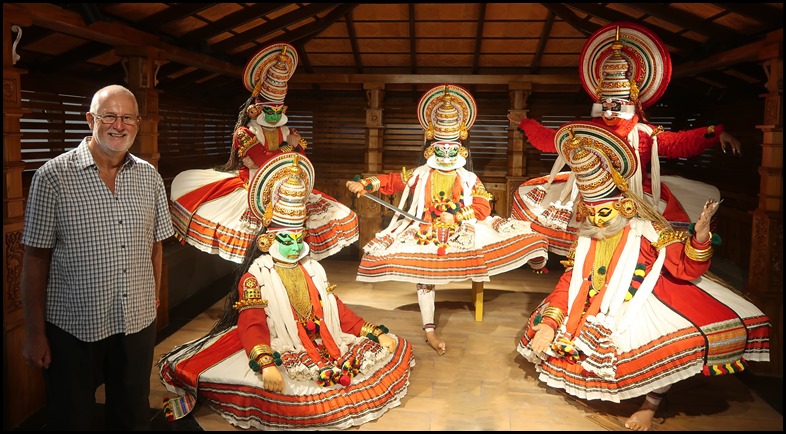 Checking in was easy and as we left
the escalator before Security, there was a display of local culture – couldn’t
resist it. We had a little introduction to this complex art during the hotel
show whilst anchored awaiting the Customs men. Kathakali is the flag bearer
of Kerala’s rich cultural tradition. It is a multi-dimensional art form that
brings together theatre, music, percussion, costumes and poetry in rich
proportion. This colourful richness endears this art form to laymen and
connoisseurs alike. Over a span of four centuries, Kathakali has evolved
magnificently while steadfastly maintaining its Keralite
identity.
This scene actualised here is
taken from ‘Duryodhana vadham’. The Kauravas invite
Pandavas to play dice with their shrewd uncle Sakuni. He takes on Yudhistira;
the eldest of Pandavas and finally triumphed over him with his tricks making
Pandavas give in to Kaurava’s demands and had to give up everything. This
triggered the war of Kurukshetra. The characters here are (from left) Bhima
(pacha), Yudhistira (Pacha), Sakuni (minukku), Duryodhana (kathi) and Dushassana
(chuvappu). The evilest of all; Dushassana adorns a red beard with his face
painted red (chuvappu). The colour and style of the make up illustrate the
nature of the characters. Noble characters have Pacha (green)
vesham.
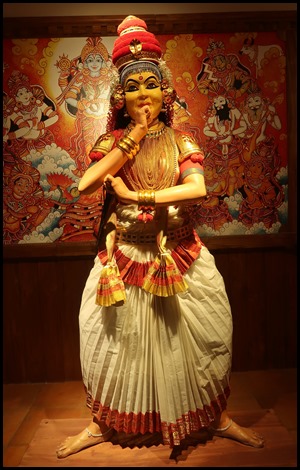 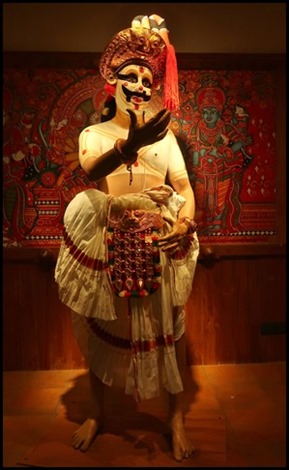 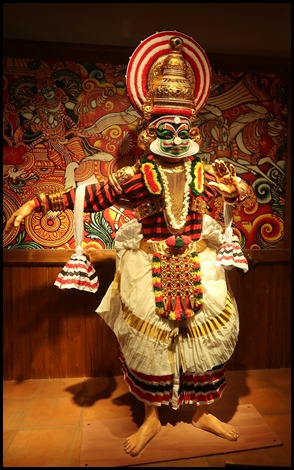 Nangiarkoothu is a woman only theatre that is closely
associated with and adheres to the tenets of Kodiyattam. This is a solo
performance by a female actor and traditionally portrays the stories of Lord
Krishna. In recent times, several talented artistes have transformed
Nangiarkoothu into a powerful woman’s theatre that deals with a range of
contemporary issues albeit within the framework of Koodiyattam
tradition.
Chakiarkoothu
is closely tied in with Koodiyattam, and can be considered the oral
tradition of this theatre form that is predominantly mime. Koothu also
beautifully compliments the Sanskrit Koodiyattam as its vernacular element, thus
making it accessible to the not-so-erudite. Over centuries, Chakiarkoothu has
evolved as a stand alone theatre, performed by a single actor near total
emphasis on soliloquy, especially of a humorous or satirical
variety.
Koodiyattam (literally acting together) is one of the
oldest extant theatres in the world recognised as an intangible heritage of
humanity by UNESCO. The art form draws from the rich Sanskrit drama tradition of
India and can be traced back more than 2000 years. Koodiyattam was traditionally
performed in purpose built theatres called Koothambalam (theatre temple)
adjacent to the sanctum sanctorum of major temples. Despite its antiquity,
Koodiyattam is surprisingly contemporary in its theatre sensibilities and places
great emphasis on a traditional, aesthetic and methodical approach to
acting.
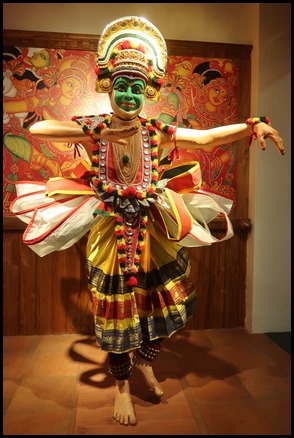
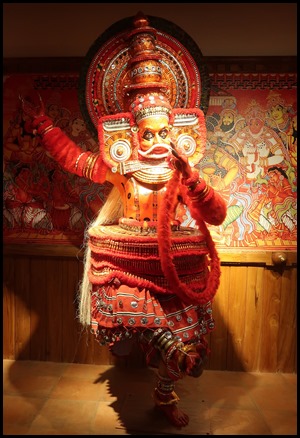 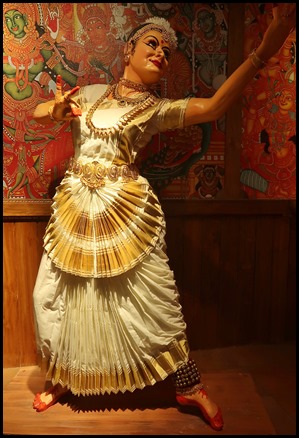 Ottanthullal. As legend goes, Ottanthullal owes its origin to a disenchanted percussionist at
the receiving end of the actors sarcasm during a performance. It is in any case
a beautiful counterpoint to the erudition of Koodiyattam.
Ottanthullal is simple, accessible and delightful theatre,
based on easy vernacular lyrics and easy to follow histrionics. Needless to say,
it has enjoyed far more popularity with the
masses.
Theyyam
is one of the oldest ritual forms of Kerala that straddles the line
between art and worship. In music, percussion, costumes and movements, Theyyam
shares a lot with Kathakali and Koodiyattam and perhaps inspired these theatre
forms. Theyyam however is more a ritual and the actor is deemed a manifestation
of the God. Elements of sacrifice, Oracle and devotion come together to create a
mesmerising effect that goes beyond any theatre.
Mohiniyattam is the classical dance form of Kerala that is
distinct for its emphasis on slow tempo (lasyam), circular movements and emoting
(bhava). Exclusively performed by female dancers, Mohiniattam flourished in the
Travancore court during the late medieval period. While the dance form is
characterised by its emphasis on lasya and repertoire based on romance and
devotion, contemporary performers use the medium to portray a wide range of
themes and emotions.
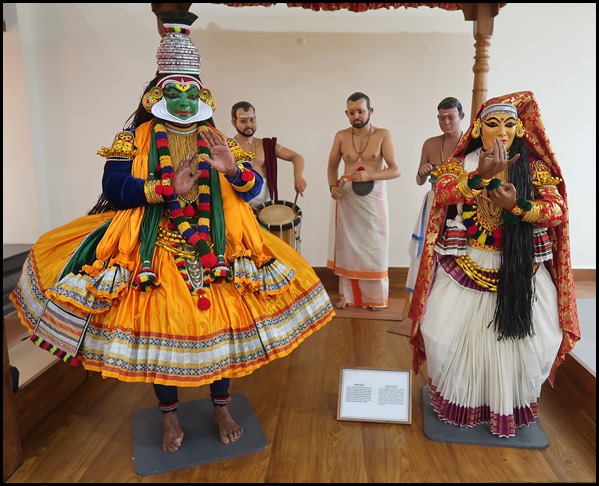 Krishna and Draupadi. This is one
of the decisive scenes taken from ‘Duryodhan vadham’
Kathakali. The story goes that Duryodhana resorts to trickery, to seize Pandavas
by a deceptive play of dice. Pandavas lost everything and they send Krishna as
emissary. Meanwhile Draupadi, the wife of the Pandavas meets Krishna and reminds
him of her vow that she will not tie her hair till it is soaked in the blood of
Dushassana, the brother of Duryodhana, who had disrobed her in the court. The
omniscient Krishna tells her that even if he pleads for peace, the greedy
Duryodhana would not yield and the battle was imminent.
Exhausted by the historical walk
through theatre, we went through Security, took in the collection of orchids and plants
and settled to a cappuccino and a piece of cake.
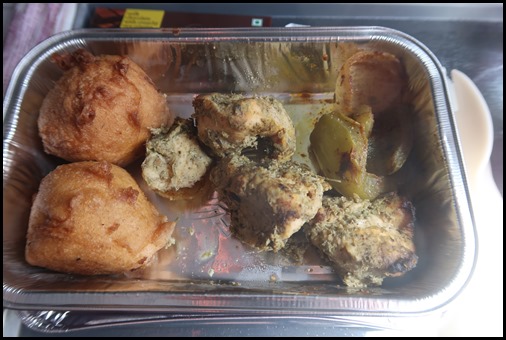 We boarded and by eleven thirty
enjoyed chicken masala with some extremely spicy,
puffy ‘things’ .
 We flew from Kochi
to Delhi (yellow to red arrows) a distance of seventeen hundred miles (or
2,728.1
kilometres) in three hours.
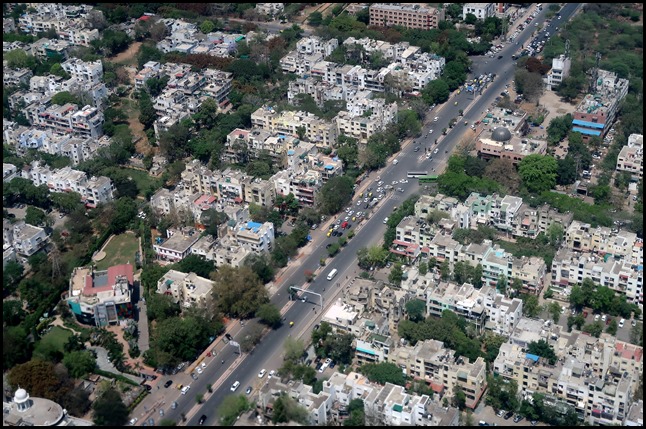   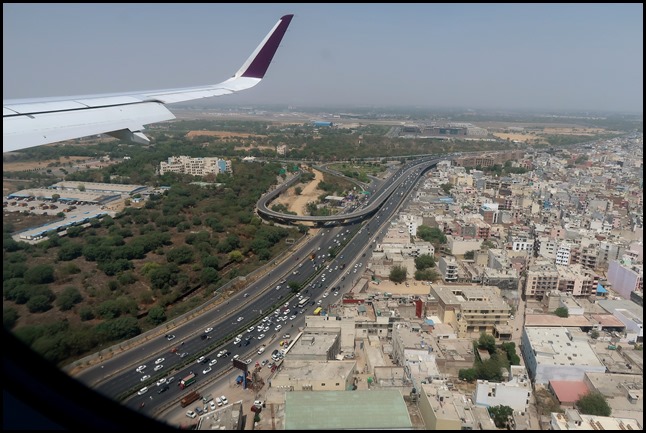 First look at Dehli.
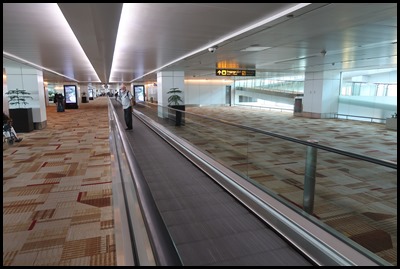  We arrived in
Delhi Airport, easy to do my stomps (day 101 - yay)
with a huge distance from our landing gate to baggage
reclaim.
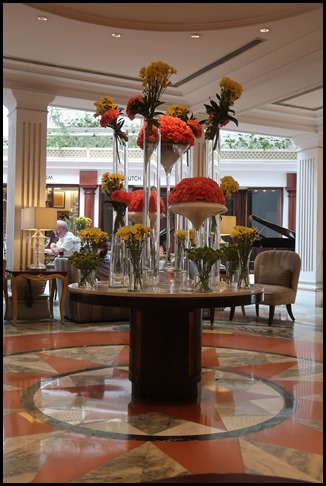 An hour and a half
after landing we had bought some sherbet and had been ‘welcomed’ at Claridges (a present to each other).
  Bimbling a very
long corridor and Bear settled
Beds.
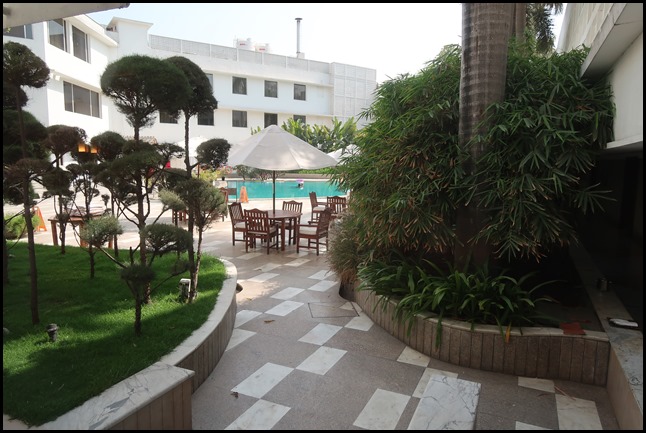 Time to hit the pool before supper.
ALL IN ALL NEW CITY, NEW
THINGS TO SEE – BUT TOMORROW.....
OFF ON TATS, GREAT
FUN |
